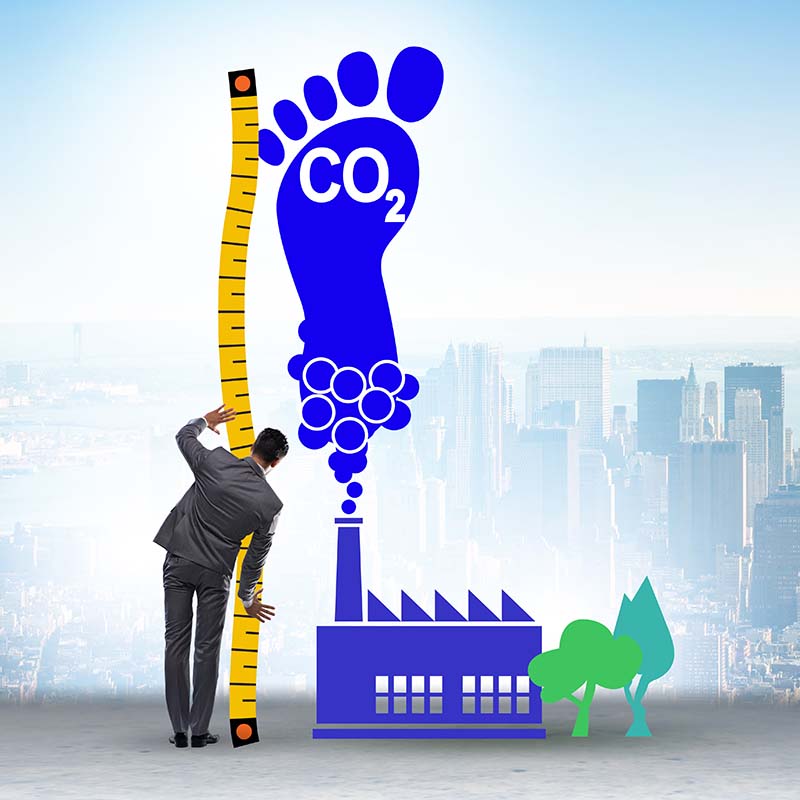The panelists agreed that some organizations, particularly in Europe and Scandinavia, are ahead of the pack in using natural resources to cool their data centers.
“They tend to have innovative solutions like water reclamation and are offering renewable energy options,” said Chatha. “I feel like the U.S. market just hasn't caught up other than a couple of top-tier providers, and I don’t think Asia-Pac is there.”
He added that while hardware and software innovators can continue to push the envelope, “data center companies have to keep up. Some legacy data centers don't have enough power or cooling to support vertical growth in the rack. So then you're stuck at single-digit KVAs per rack.”
Related is that climate risks are now becoming a business resilience issue, Dalgas said. In the U.K., data centers have been traditionally designed to run within a certain temperature range based on standardized climate models – models that can no longer be counted on, he said.
He noted that in June, the U.K. had a 42°C/104°F day, which caused outages in data centers operated by Google, Oracle Cloud, a large London hospital, a challenger bank, and others. In the case of the hospital, which was running an older, hardware-intensive three-tier data center, the loss of its production and disaster recovery centers forced the provider to operate on paper records for two months.
“The more infrastructure you have,” Dalgas said, “the bigger your physical footprint, the more cooling you need, and the greater your susceptibility to failures.”
Why Waiting Can Be Risky
Some projections indicate that data center electricity use will increase about fifteen-fold by 2030 to 8% of global demand. When you combine that with climate volatility, variable power grid factors, energy shortages, and inflated power costs in some geographies, “the longer you wait to do something about it, the bigger the risk you're running,” said Dalgas.
Chatha pointed out, however, that sustainability is more a journey than a single act. “You don't just one day wake up and say, ‘I'm sustainable.’ For [Nutanix], it was a tremendous effort just to understand what to measure, and we took it one step at a time.”
Sustainability is a team sport across the IT ecosystem, according to Dalgas. “Nutanix doesn’t have all the answers. The data center companies don’t have all the answers. It's all about how you can leverage the best team, with each player putting their best foot forward.”






